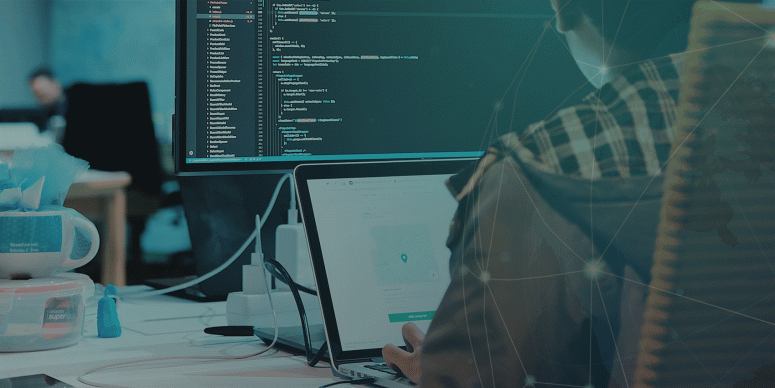As it happens, 2019 has been a good year for enterprise blockchain and today we bring you four renowned companies using blockchain that you didn’t know about.
Each day, more companies are tapping into blockchain technologies and those forward-thinking initiatives have started to bear fruit.
Blockchain tech has gone far beyond its beginnings and is making it big in one industry after another. Today's examples of companies using blockchain take a look at use cases in automobile industry, messaging services, high end retail and document management.In November 2019, Volvo Cars announced that they will
implement blockchain technologies for global traceability of cobalt used in its batteries.
Cobalt is one of the main components in electric car batteries, yet the supplies are limited and the majority of production comes from the Democratic Republic of Congo. Since the region has been criticized for unethical cobalt mining conditions, Volvo decided to apply Oracle blockchain to trace the raw material.
In this case, blockchain will record everything from cobalt’s origin, weight and size to the chain of custody and
information establishing that participants’ behavior is consistent with OECD supply chain guidelines. That way, the end users can be certain that ethically sourced products have been used for their electric car battery.Louis Vuitton is among the
most innovative high-end retail brands, so its venture into blockchain is a natural course of events. They will be the first ones to use blockchain to trace the provenance and authenticate luxury goods.
It’s no secret that Louis Vuitton and the other luxury brands under the umbrella of LVMH (Moët-Hennessy-Louis Vuitton), including Dior, Celine, Loewe, and Givenchy, are hit hard by the black market. That’s how LVMH's
collaboration with ethereum design studio ConsenSys and Microsoft Azure came into being and will materialize in the form of cryptographic provenance platform, code-named AURA.
This platform could, for example, identify an individual handbag and trace the
whole journey of its lifecycle from the origin of the raw materials to the store and then the multiple owners that have owned and sold it. The record through dyeing, weaving and tanning, manufacturing and shipping will also become part of the sales conversation and permits the customer to verify the sustainability and utmost quality of the product.
Rather than creating a separate app, AURA platform will be integrated into the Louis Vuitton app. Later on, the service will also be offered in a white-label form to other brands including the group’s competitors. To make it smoother and avoid misunderstandings, LVMH will donate all intellectual property to a separate entity that will be owned by the participating brands.Kodak’s name is no newcomer among the companies using blockchain technologies. At the beginning of 2018, there was much ado about their KodakCoin ICO, a proposal to manage image copyright on the web. A year later, KODAKOne announced that they had
generated more than $1 million in licensing claims for photographic rights during a beta test of part of its platform.
In June 2019, they also unveiled a blockchain-based document management platform aimed at businesses and governments to better manage sensitive documents and keep the information safe. The automated workflows and archiving with real-time access to records and documents, will permit organizations to
save up to 40% by improving productivity and preventing loss of important information.
Our modern age relies hugely on digitized archives, and blockchain, with its ability to offer encryption as well as a way to control rights, is actually the perfect fit for document management.Last year, the messaging platform Telegram raised $1.7 billion in an ICO for its
Telegram Open Network (TON) blockchain. The main goal of the project is to bring distributed ledger technology (DLT) to the masses and with Telegram’s more than 200 million monthly users there’s a rather crypto-friendly community to tap into.
Telegram Open Network, or TON in short, is Telegram’s native blockchain project, which is expected to go live in 2019. What do we know about it? First, the focus is on blockchain scaling to compete with existing financial networks in terms of transaction throughput. Second, TON is cross-compatible with Ethereum.
It’s not entirely sure which services will become part of the
TON ecosystem, but it is safe to assume that the Gram token (Telegram’s upcoming surrency) will serve as a payment method for those features accordingly. There has been talk about smart contracts, service exchange, and secure file storageIn a nutshell, 2019 has given special impetus to enterprise blockchain, and many near- and long-term business opportunities have emerged in a variety of industries. So, we encourage both big and small companies to consider how they could transform blockchain's promise into results.
Start your learning journey and join the Blockchain Revolution!
